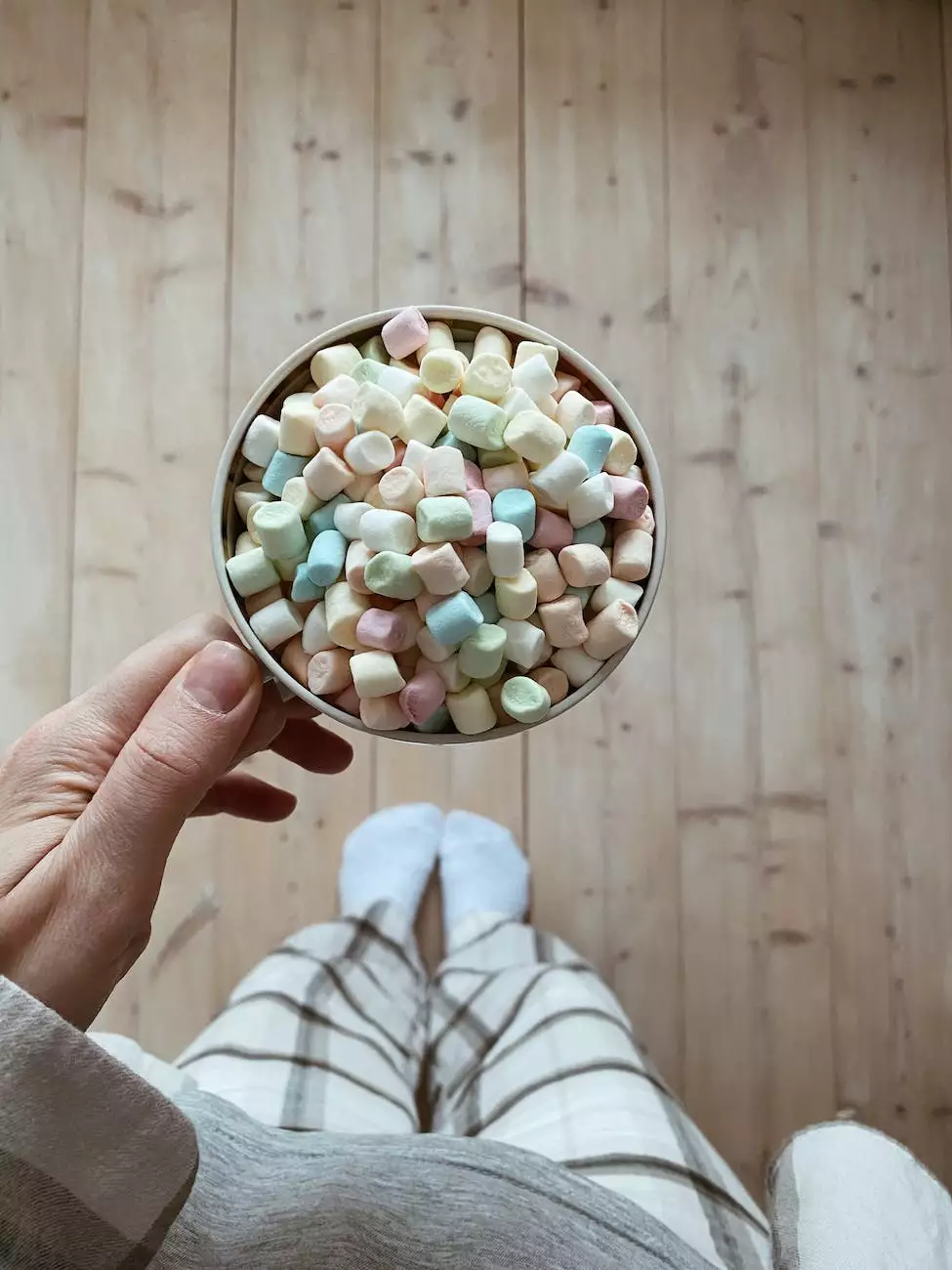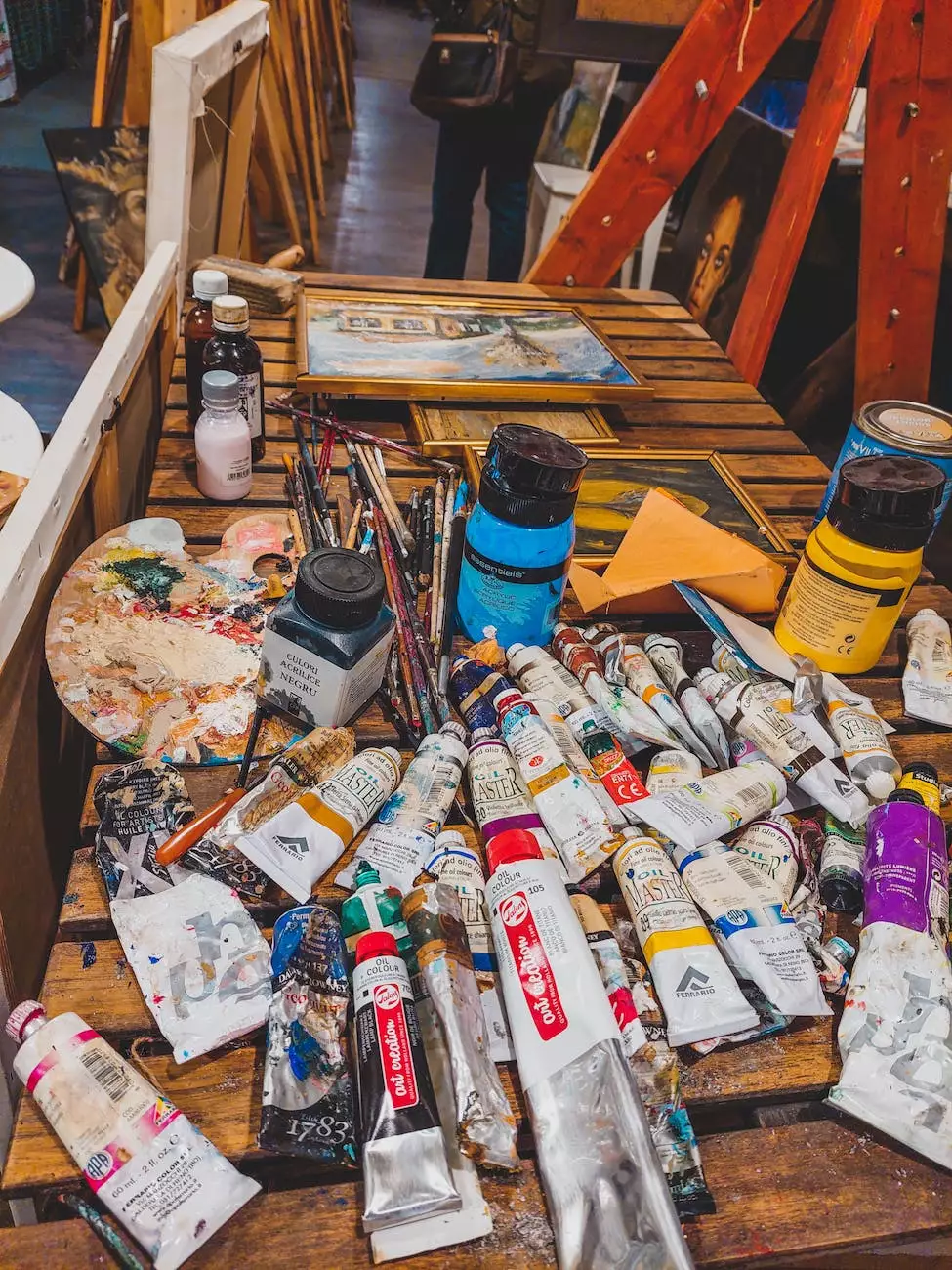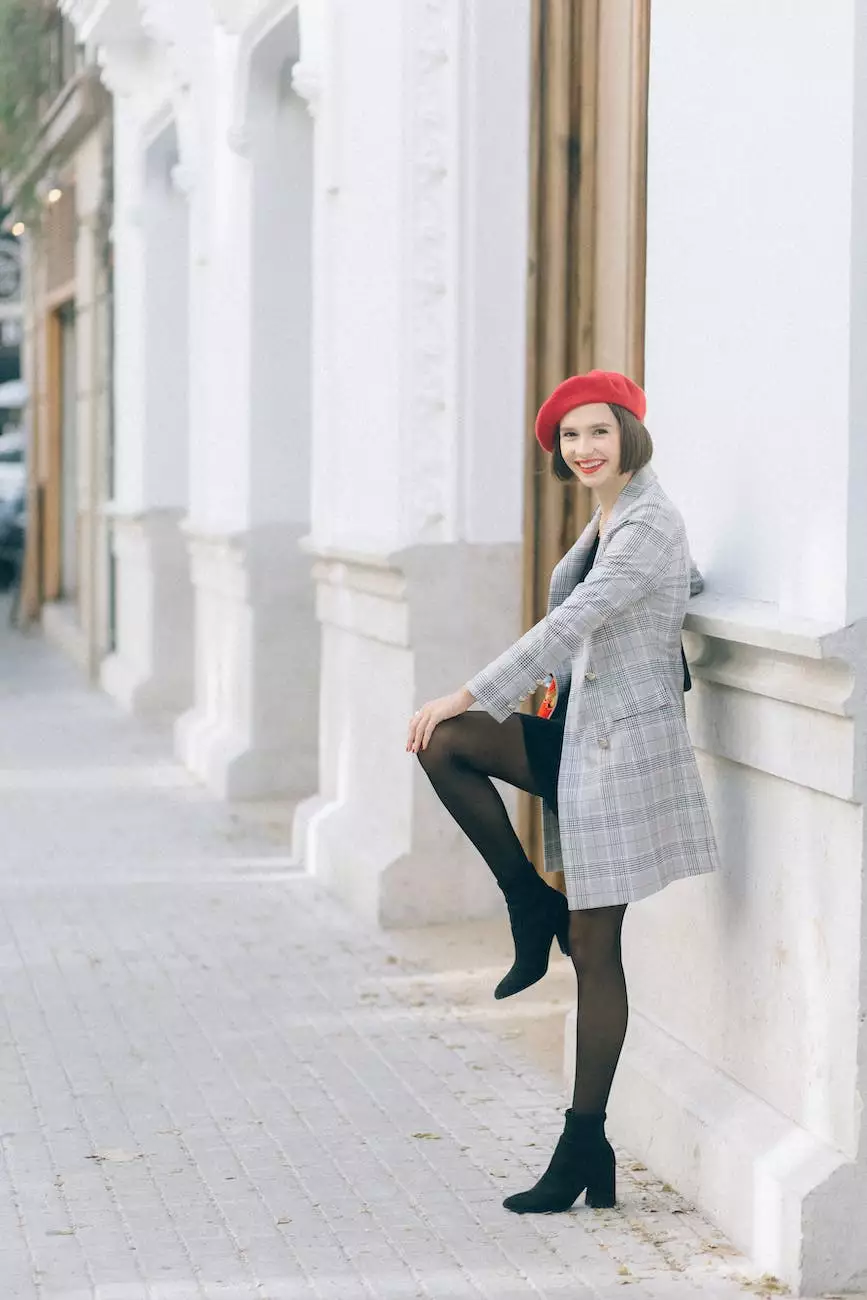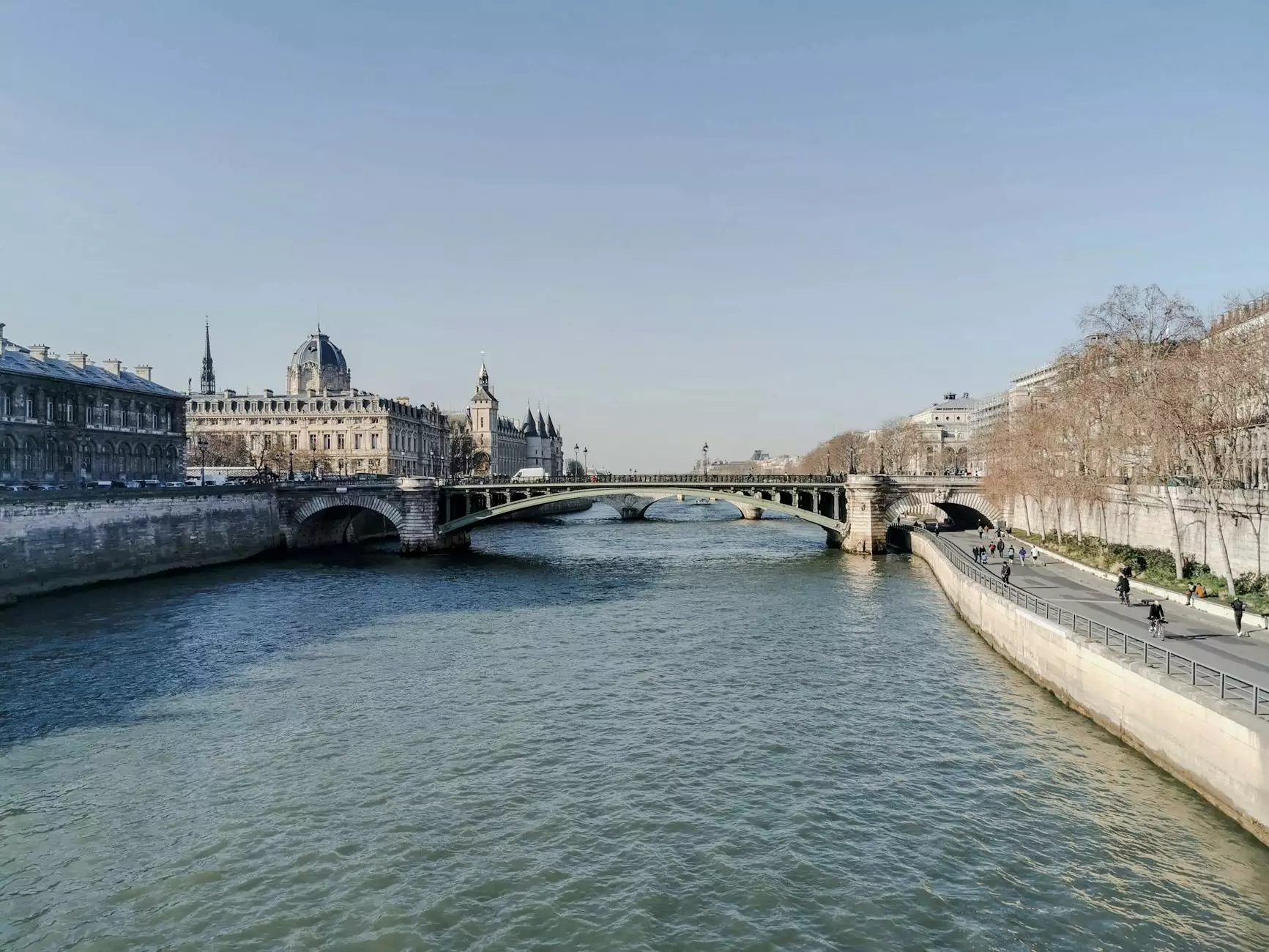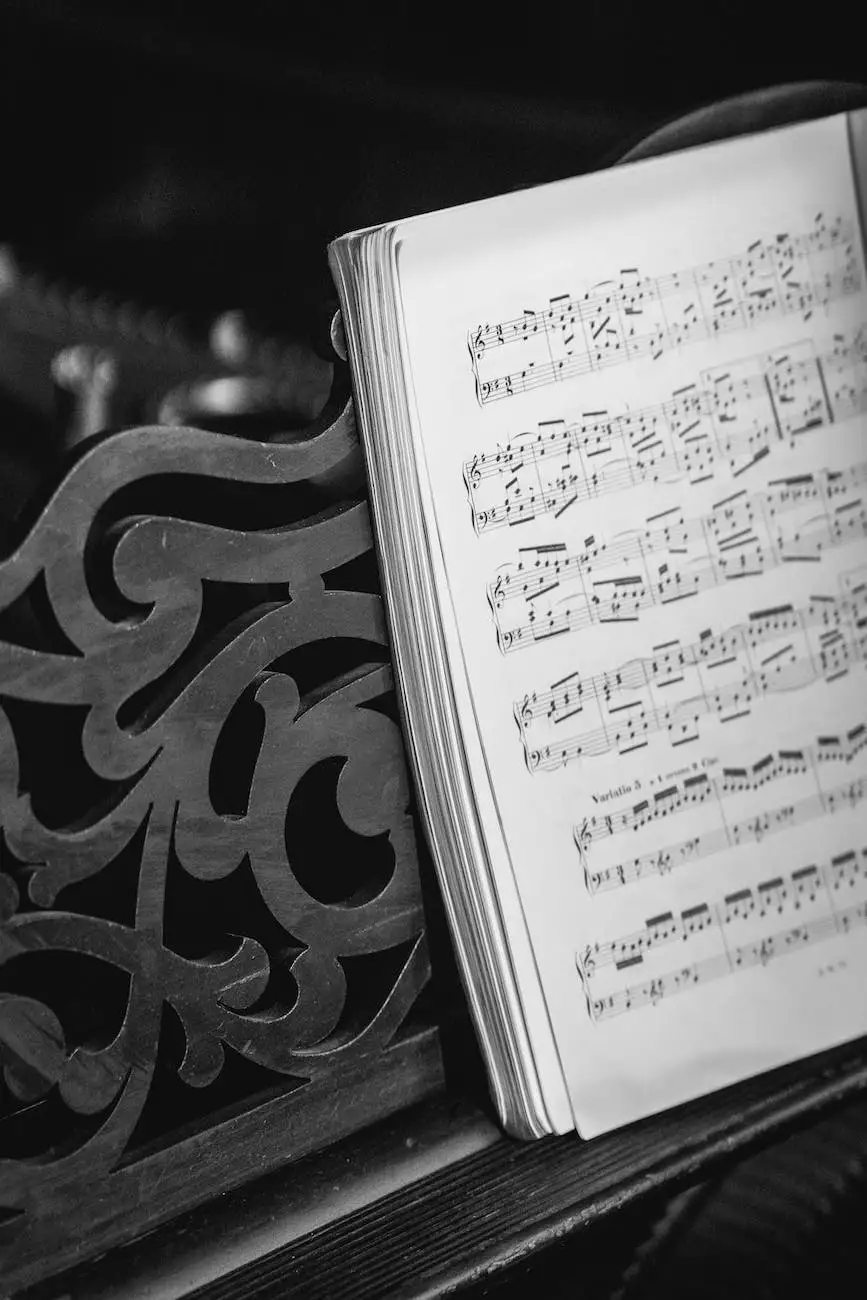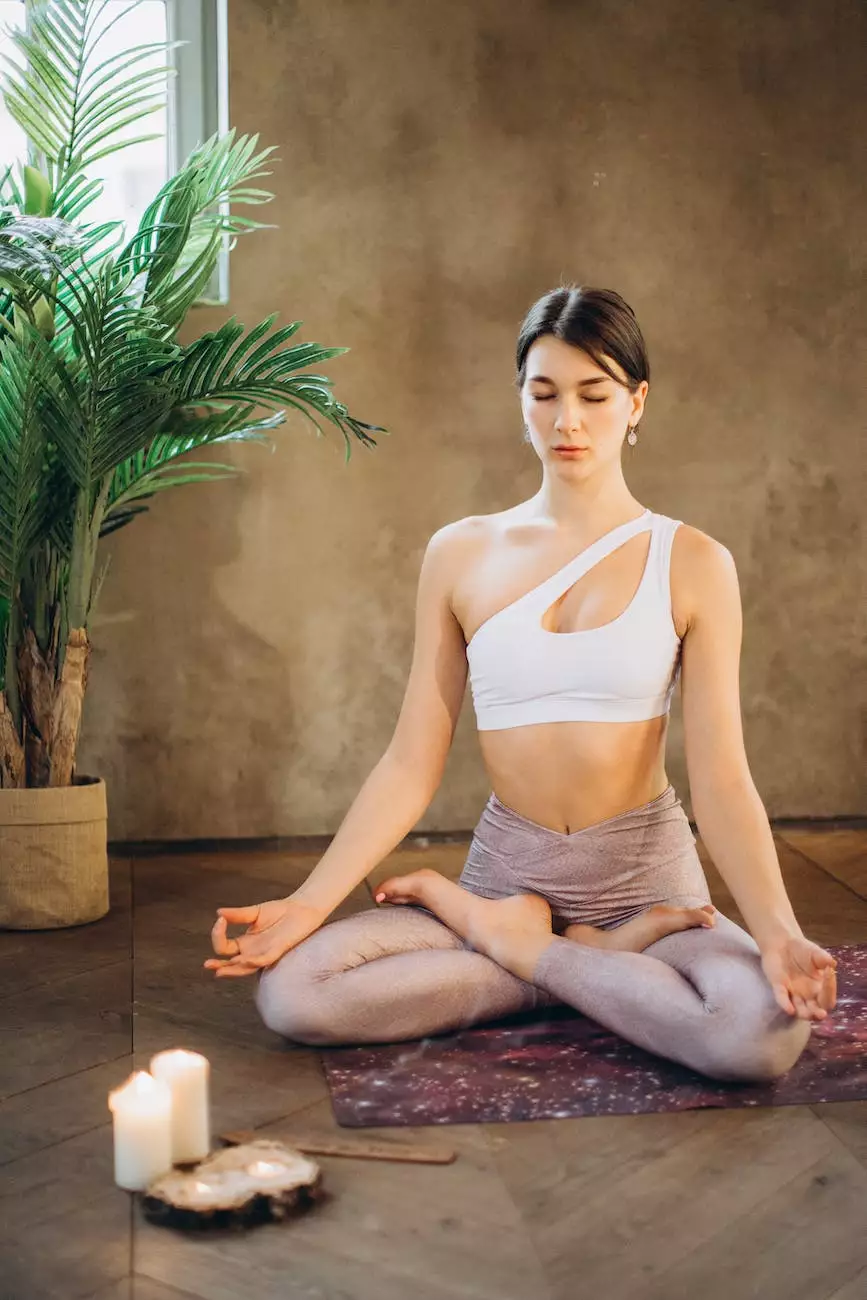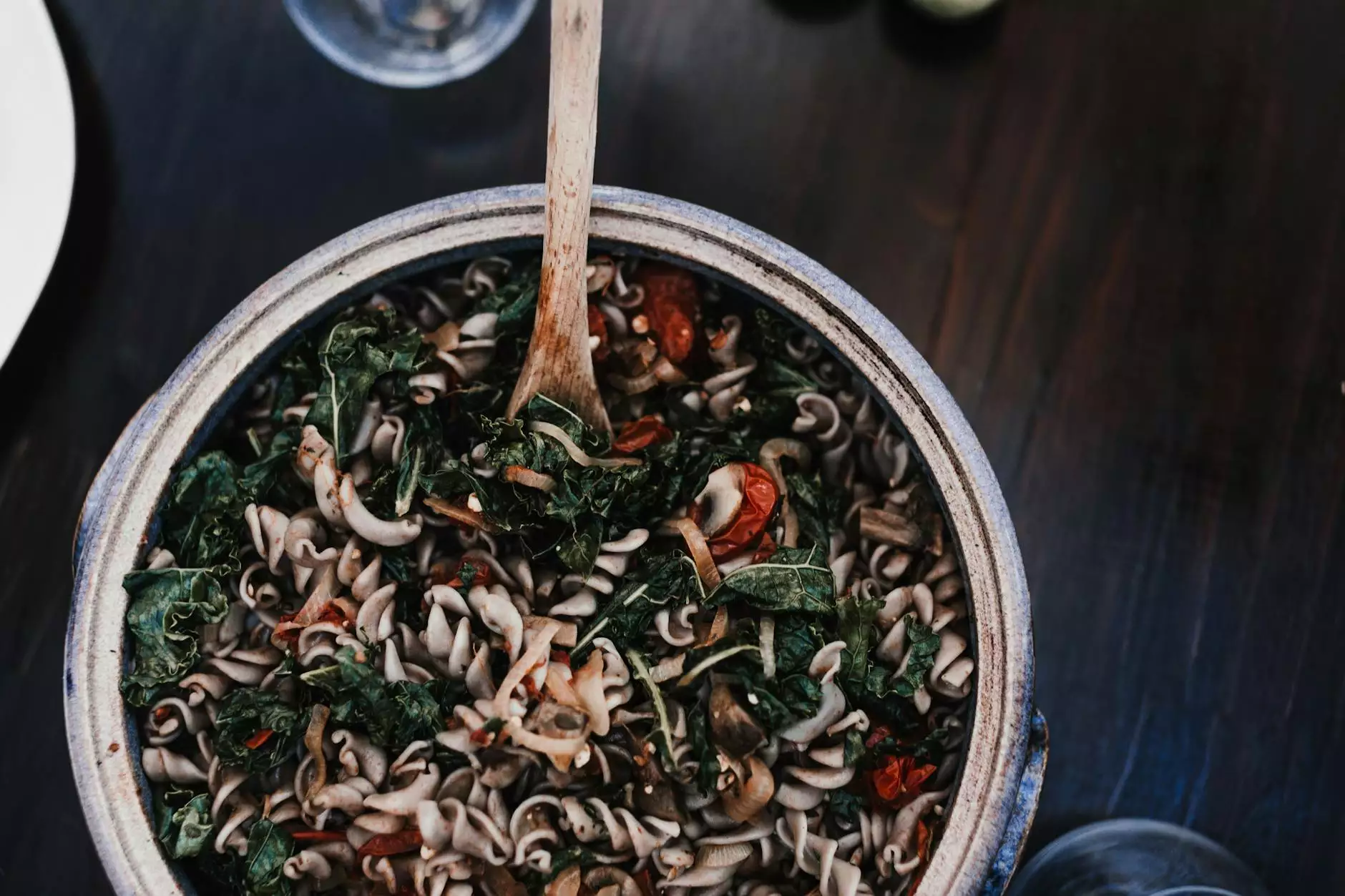The Most Painted Woman in the World
Cultural Insights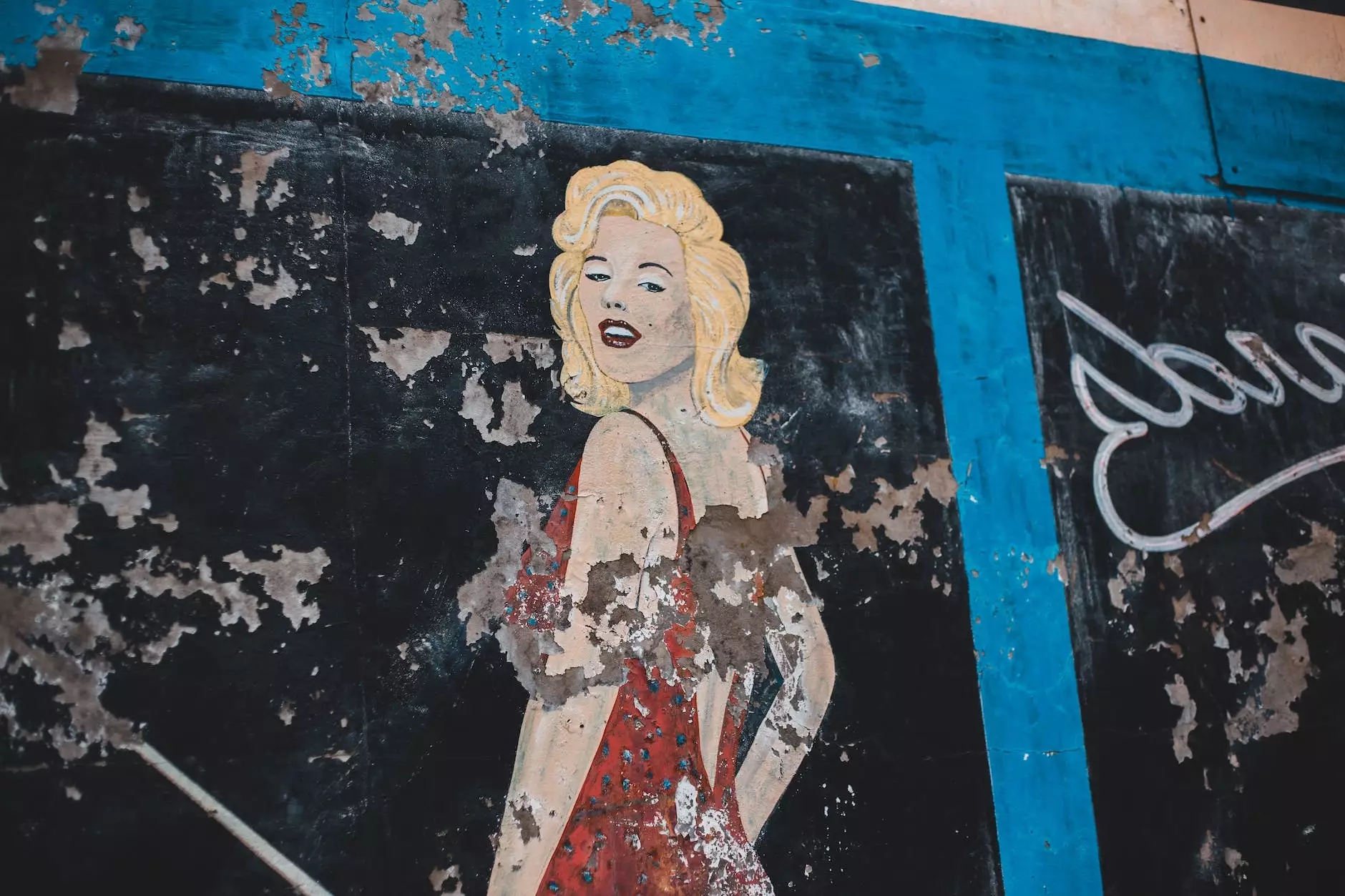
A Remarkable Figure in French History
Welcome to NJCLT, where we bring you captivating stories from French history. In this article, we delve into the life of the most painted woman in the world, an influential figure who made a lasting impact on art and culture.
Introduction
Her name was Louise-Élisabeth Vigée Le Brun, born on April 16, 1755, in Paris, France. Vigée Le Brun was a prominent portrait painter, achieving great success during the late 18th century. Her talent, beauty, and free spirit captivated many, including the elite and royalty.
Rise to Fame
At a young age, Vigée Le Brun displayed an incredible talent for painting. She received formal training and quickly developed her unique style, characterized by vibrant colors, delicate brushstrokes, and a focus on capturing the individuality of her subjects.
A Favorite of Marie Antoinette
Vigée Le Brun's career reached new heights when she became the official portrait painter of Queen Marie Antoinette. This prestigious position not only solidified her status but also provided her with unrivaled access to the French nobility.
The Impact of Revolution
With the outbreak of the French Revolution in 1789, Vigée Le Brun's life took a dramatic turn. As an artist associated with the aristocracy, she faced increasing scrutiny and danger. Despite the challenges, she continued to paint influential figures, adapting her style to reflect the changing times.
Exile and International Success
In 1789, Vigée Le Brun fled France due to the worsening political situation. Her travels took her to various European countries, including Austria, Russia, and Italy. During her years in exile, she painted numerous portraits of royalty, aristocrats, and influential figures, solidifying her international reputation.
Return and Legacy
After the fall of Napoleon Bonaparte in 1815, Vigée Le Brun was finally able to return to France. She continued to paint, leaving behind a remarkable body of work that showcased her skill and influence. Her artistic legacy continues to inspire generations of painters.
Influence on Art and Culture
Vigée Le Brun's impact on art and culture cannot be overstated. She not only captured the essence of her subjects but also challenged traditional gender roles in the art world. Her portrayals of women depicted them as strong, independent, and equal to men, challenging the societal norms of the time.
Conclusion
In conclusion, Louise-Élisabeth Vigée Le Brun remains an iconic figure in French history, recognized as the most painted woman in the world. Her remarkable talent, resilience, and pioneering spirit continue to inspire artists and art enthusiasts alike. NJCLT invites you to explore the fascinating world of Vigée Le Brun and discover the power of art to shape culture and history.

